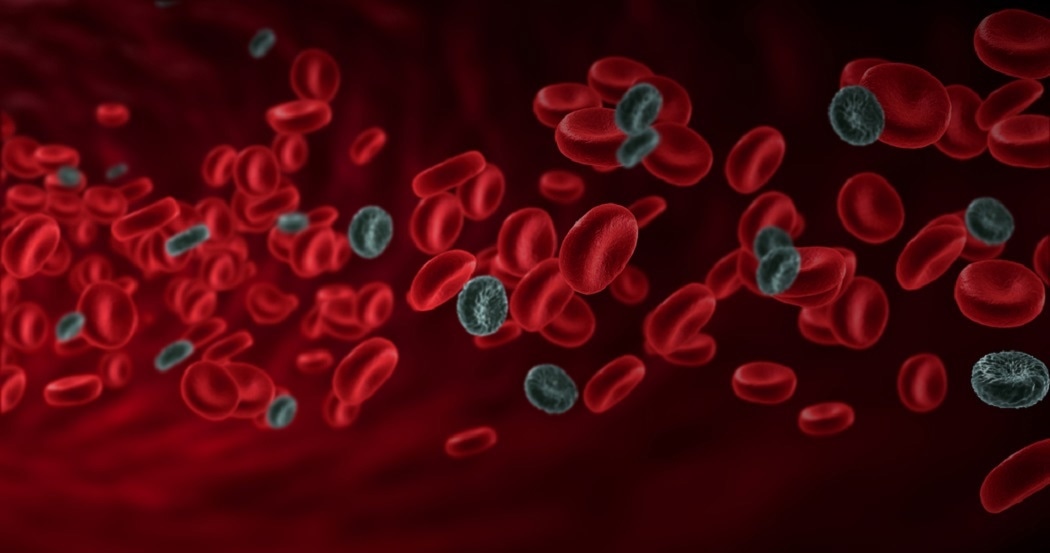This research work uses a Malvern Panalytical Photon Correlation Spectroscopy (PCS) sizing system and Zetasizer 11 to characterize the size and surface properties of polystyrene latex when coated with various polymers.The measurements are done in both dilute salt and serum.

Summary
Colloidal size particles are potential carriers for the intravenous delivery of drugs. Polymeric particles, liposomes and parenteral fat emulsions are possible carrier systems.
The Fate of Intravenously Injected Drugs
The organ distribution and the fate of intravenously injected particles are determined by properties such as size, charge, surface hydrophobicity and interaction with blood components.
Drug Uptake by the Liver and Spleen
In general injected particles are taken up by the liver and spleen within minutes. This ‘natural’ or ‘passive’ targeting results in accumulation in the liver (60-80%) and spleen (2-5%) and can be used for site specific delivery of drugs to these organs. Targeting to the liver is of particular interest for the treatment of liver metastasis which is the main cause of death in cancer.
To target sites other than the liver it is essential to prevent the adsorption of the carrier by the liver cells.
Targeting other Organs Other Than the Liver
Polymers can be used which adsorb onto the latex surface and modify the surface properties.
Different polymers and adsorbed layer thicknesses will affect the recognition by the liver of the particle as a foreign material. This will allow longer circulation in the bloodstream and hence improve the chances of adsorption by organs other than the liver.
Evaluation of Different Polymers
Cell cultures were employed as in vitro test systems, but differences were noted when compared to distributions in vivo. To allow a better interpretation of cell culture results, a thorough characterization is required in terms of the hydrophobicity of the various components, the thickness of adsorbed polymer layer and the effect of different polymers on the zeta potential of the drug carrier.
Determining The Thickness of Adsorption Layers
The thickness of adsorption layers could easily be determined by subtracting the PCS diameters of uncoated and coated latex particles.
The zeta potential was found to be related to the thickness and molecular weight of the polymer used.
Authors: R.H. Muller, S. Heinemann,T. Blunk and S. Rudt
Source
“PCS and Zeta Potential Characterisation of Model Drug Carriers”, Application Note by Malvern Panalytical.

This information has been sourced, reviewed and adapted from materials provided by Malvern Panalytical.
For more information please visit Malvern Panalytical.